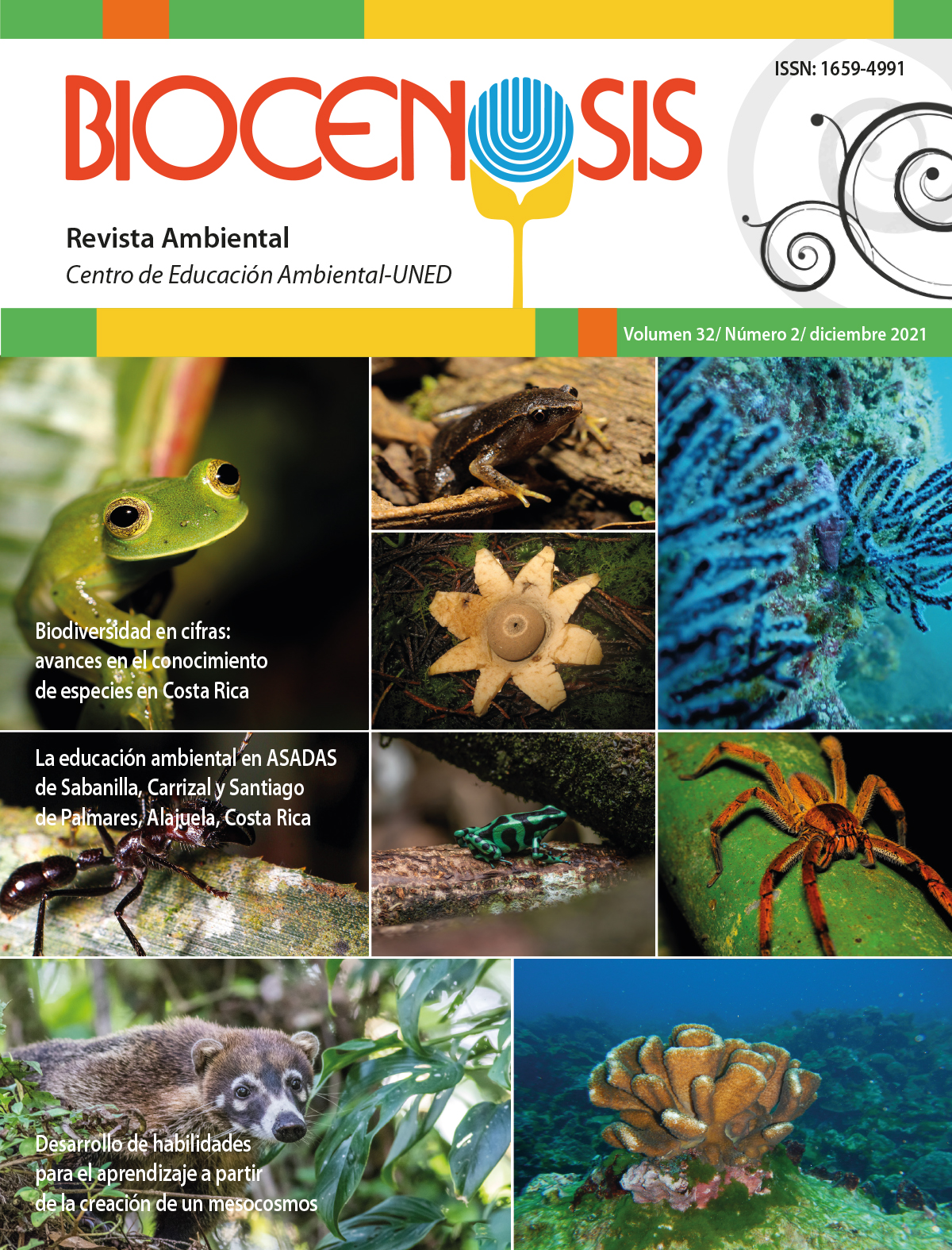Agroecosystems and their Influence in the Development of Behavioral Adaptation in Wild Animals: Generalities and an Example from Cartago Province, Costa Rica
DOI:
https://doi.org/10.22458/rb.v32i2.3909Keywords:
natural resources, photographic register, QGIS, forest patchs, farmers, SabanillasAbstract
Farming has allowed the development of communities like Sabanillas in Jiménez Municipality, in Cartago province. However, this activity has also brought the expansion of the farming border and the subsequent habitat reduction for wild animals in the region. Those animals that were not displaced have changed their behaviors to survive by using the resources in this new environment, favoring the development of behavioral adaptations in these species, and contributing to the establishment of agroecosystems. Nonetheless, farming border expansion can be bad for predator species that tend to move a lot looking for food because it is a barrier for them and reduces the number of prey available. Using technological tools to analyze, edit, and make digital maps from satellite images, as well as wild animal photos taken in the field, enables knowing crop distribution in relation to forest areas and how it affects the animal behaviors to collect data for future conservation projects.
Published
How to Cite
Issue
Section
License

This work is licensed under a Creative Commons Attribution-NonCommercial 4.0 International License.
